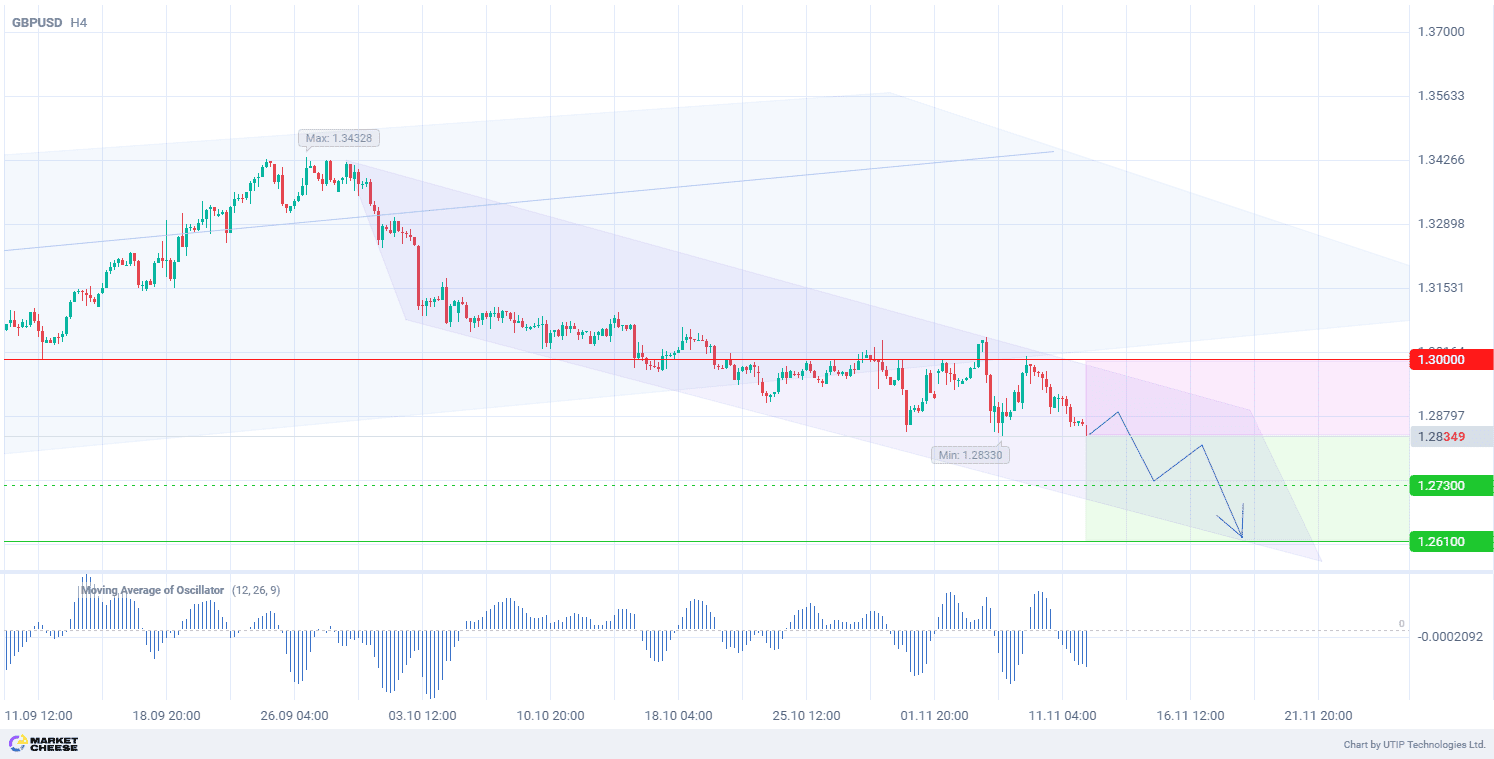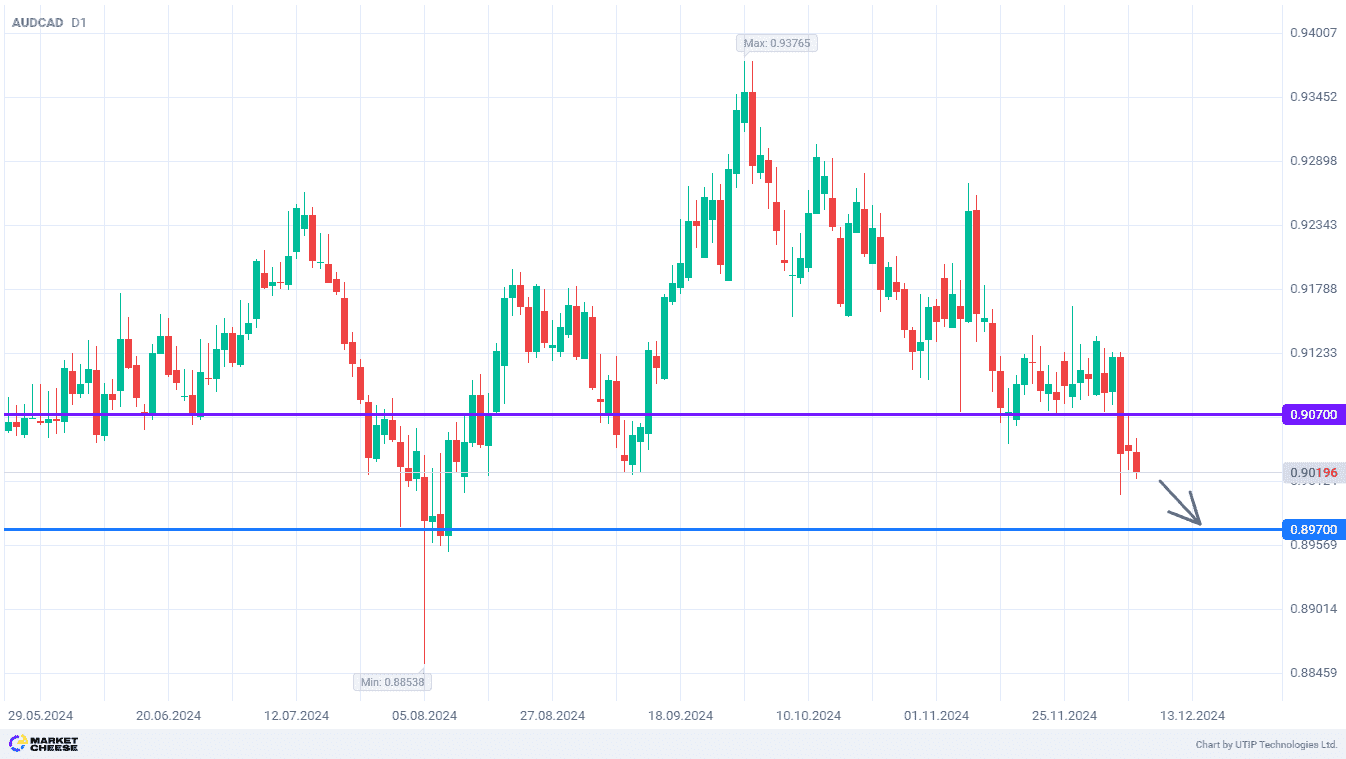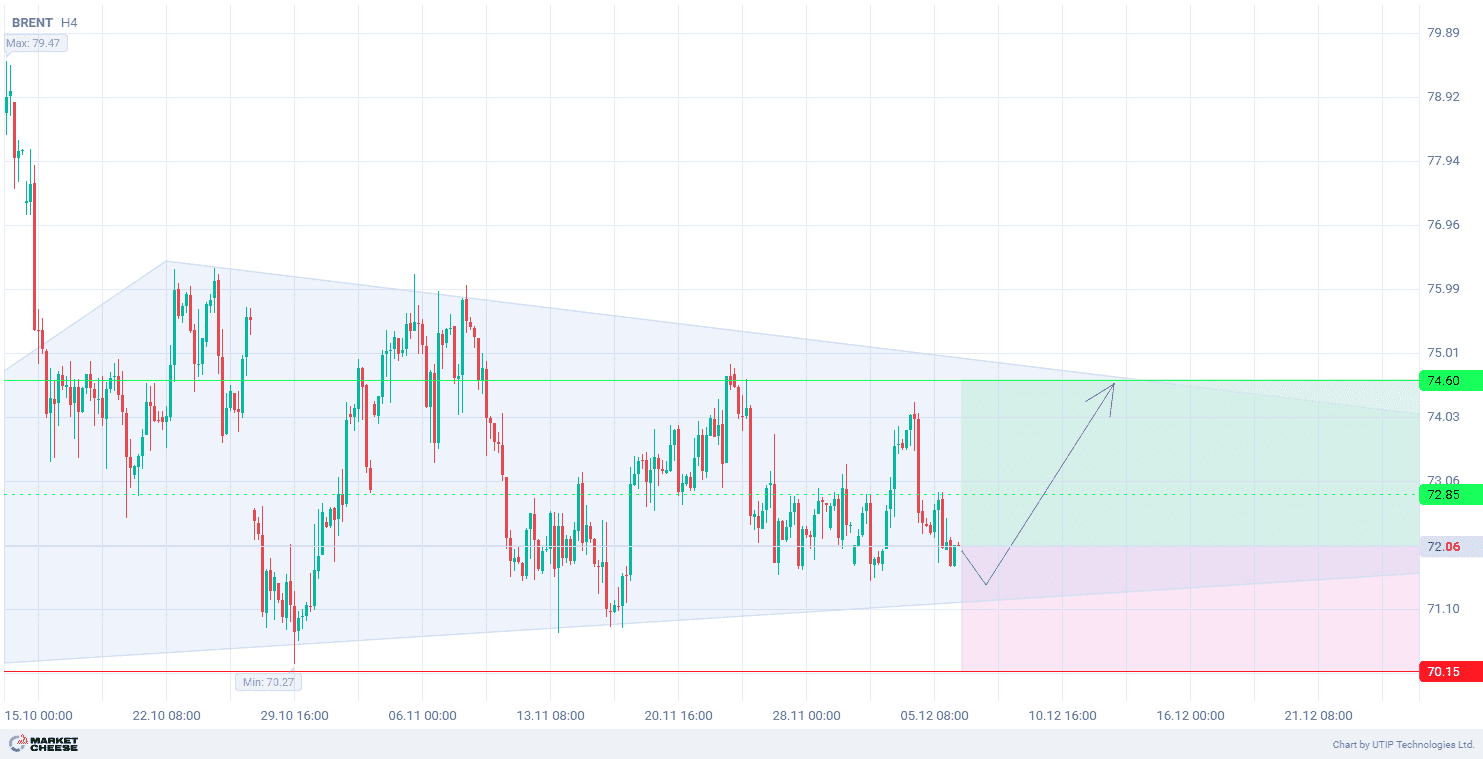The GBPUSD currency pair is declining on Tuesday. The US dollar is holding its ground supported by expectations of Donald Trump administration’s economic policy. Investors are focused on the UK employment data, which is to be published on Tuesday and may affect the Bank of England’s interest rate decision at the December meeting.
Last week, the BoE cut its interest rate by 25 basis points to 4.75%. This decision was made due to a cautious approach to monetary policy easing.
Market participants are concerned about the rise in the UK unemployment rate up to 4.1% for the three months to September. This may strengthen expectations of further policy easing in the country.
The most important events for the US dollar this week will be the release of the Consumer Price Index, Producer Price Index and Retail Sales data. Lower inflation will increase the probability of another rate cut in the US in December. According to the CME FedWatch Tool, there is a 68.5% probability of monetary easing in December, even though before Trump’s victory it was around 80%.
The new president’s policy agenda, which includes import tariffs, tax cuts and control over the Federal Reserve’s (Fed) policy, may drive US bond yields higher and increase pressure on the currency pair.
Technical data on GBPUSD shows the price exit from the uptrend on the daily timeframe (D1). On the H4 timeframe, the pair is declining towards the channel support. The Moving Average of Oscillator (with settings of 12, 26, 9) is below zero, indicating that there is still a potential for the price to decline.
Short-term prospects for the GBPUSD currency pair suggest selling with the target at 1.2610. Part of the profit should be taken near the level of 1.2730. A Stop loss could be set at 1.3000.
Since the bearish trend is short-term, the trading volume should not exceed 2% of your total balance to reduce risks.










